In Part one I described how the adoption of our daughter, Ava, born with cleft lip and palate and deafness, set us on a journey to become skilled in sign language. Our desire to support her ability to communicate with others led us on a roller-coaster of experiences and emotions, which culminated in our decision to learn and implement American Sign Language in our daily lives.
In case you’re not already familiar, please note that the phrase “sign language” is a general term which can refer to any number of various forms of manual communication. American Sign Language (ASL) is a true language, complete with it’s own set of rules and guidelines. ASL is a conceptual language and does not parallel, or correlate to, spoken or written English. While ASL is the goal in our home, for the benefit of the reader, I will typically use the more general term, “sign language”.
People who watch us sign with one another will typically ask, “How did you learn to sign?” My usual answer is that we are still learning. I often say that the more I learn, the more I realize I still have left to learn. We strive to use ASL; sometimes we rock at doing so and other times, well, not so much. It’s a process that, for us, has evolved over several years.
So…. how did we get from Point A (a family who knew some basic signs) to Point B (a family for whom signing has become second nature)? Let me begin by saying that there is a vast array of options for families desiring to become fluent in signing and numerous scenarios for educating those who are deaf, as well. Our story is just that…. ours. It’s what has worked for us. We are sharing our experience, knowing that no two families have quite the same needs, and with the knowledge that this journey will look different for everyone.
When Ava was adopted at age 4, she had no formal language system and rarely engaged with others in her environment. Her only forms of communication were pointing or leading us to a desired object. She had no way of expressing her wants, needs, or emotions. Imagine having no way of giving meaning to the objects in your environment, your thoughts, feelings, or experiences. Imagine not even knowing you had a name! That was our starting point.
Introducing sign language changed all of that – and more – for Ava. For the first time, her world had meaning. Objects and people had names and she could use those names to draw attention, express her needs and desires, and form novel ideas. Ava was no longer living with an apathetic mindset; she now realized she had a purpose and power to control her environment. She began to come into her own.
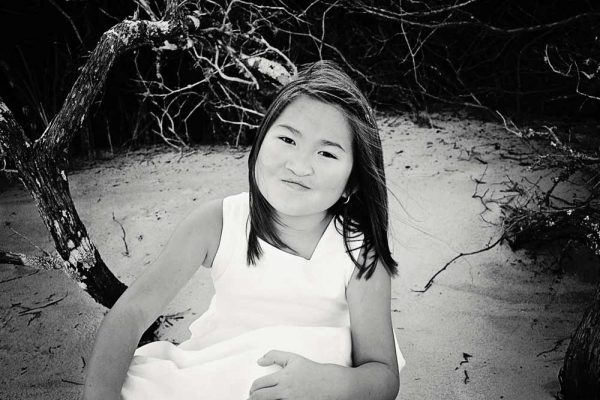
When cochlear implantation was no longer a possibility, we realized that Ava’s best option for language and communication would be American Sign Language. As part of my education, I’d been required to take two courses in Manual Communication, so I already had some basic knowledge of ASL; however, we needed to find a way to educate ourselves and others who would interact with Ava on a regular basis. We were fortunate to be able to hire an instructor to teach a small group in our home. For a year, our extended family, sitter, and church staff/volunteers, met in our home on Saturday afternoons for ASL lessons. That experience was invaluable as it allowed us the opportunity acquire vocabulary and practice our developing skills with one another.
In the midst of this new endeavor, we adopted two more children, both age 4 at the time. Our son’s hearing is within normal limits, our daughter has unilateral microtia/atresia, resulting in a moderate-severe conductive hearing loss. With the use of a bone-conduction hearing aid, she hears within normal limits. I mention this, specifically, because I want to share how using sign language with them, as hearing individuals, impacted their transition into a family, as well as their development.
First and foremost, we were able to bypass most of the frustration that occurs when parents and children don’t speak the same language. Will and Sophie caught on quickly as we signed to support our spoken English. If they didn’t understand what was said, they certainly understood what was signed to them.
They began to sign their own wants and needs almost simultaneously. We were able to meet those needs much more consistently than I’d anticipated and, as a result, they felt secure and cared for. Sign language helped foster trust, thus aiding the attachment process.
Additionally, signing facilitated their acquisition of spoken English. It helped to cement vocabulary in their minds and was available to them when they had difficulty remembering an English word. Truly, they attained English speaking skills so rapidly that many adults assumed they’d learned a fair amount of English while living in China. In a short time, the two modes of communication seemed to merge and today, at age 8, both are fluent in English and sign language.
As they have matured, we’ve focused on teaching them to “turn off their voices” so that they can better communicate in American Sign Language. Sophie, especially, can hold her own in a signed conversation and has recently begun discussing what types of careers would allow her to use her knowledge of sign language.
With the addition of siblings, Ava began to blossom. For the first time, she had peers who could communicate with her. As a result, Ava began to look to them as models of appropriate social and developmental skills. She demonstrated an attitude of “if they can do it, so can I!”
Having said that, the real tipping point occurred when, a year and a half after adopting Will and Sophie, we welcomed Claire into the family. Adopted at age 7 1/2, profoundly deaf and, like Ava, having no formal language system, Claire was a force to be reckoned with. Although she has more hearing ability than Ava, Claire is also not verbal. She arrived, a master of gestures and facial expressions, and brought with her an insatiable desire to learn. The rate at which she acquired both receptive and expressive signing skills was mind-boggling!
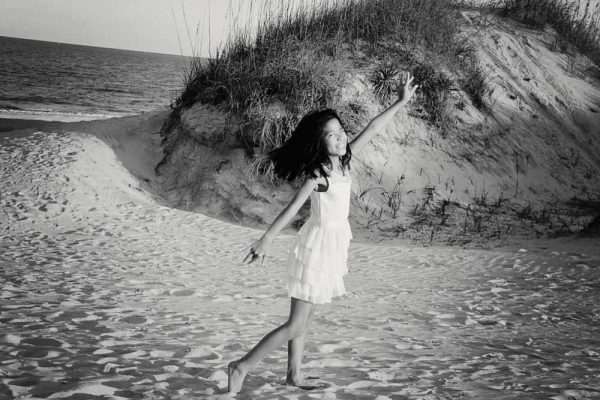
Claire is 6 months younger than Ava; however, she put on the mantle of “First Born” almost immediately. From day 1, she demanded that Ava communicate with her. Although Ava interacted with Will and Sophie, she continued to prefer solitary activities. Claire would have none of that!
For Ava, having a sibling “like her” was an impetus to – finally – truly engage in the world around her. The parts of her heart that she’d kept so closed off began to open. She gained a confidence in herself that we’d never seen before. Claire’s desire to communicate, along with her natural leadership skills, somehow bridged the gap between older and younger siblings – between deaf and hearing children.
Another unforeseen result of adopting Claire is that, as parents, our signing skills have improved. She’s eager to learn, meaning we must be equipped to teach – which brings me to the topic of education.
For many reasons, when we began to consider educational options for Ava, homeschooling was an obvious choice. Since then, we have continued to homeschool all four children. While I have a background in education, I knew homeschooling a deaf child would mean we’d need to call in additional resources. I met with educators who taught ASL, educators who were certified to teach deaf learners, and persons who were certified ASL interpreters. I sought their guidance as I formulated an educational plan for our daughter. Each of these people offered a unique perspective and supplied us with a wealth of knowledge. Several persons have continued to provide us with much support over the years; for that, I am truly grateful.
If I’ve learned anything as a result of educating our deaf daughters, it’s that flexibility is key. Just as with homeschooling hearing children yet, perhaps more so, there is a lot of trial and error.
I’ve also realized that part of my role, as teacher, is to allow each child to set her own pace for learning. Sometimes I school the girls together; sometimes one-on-one teaching is a better option so that each child can demonstrate her knowledge and receive support where it’s needed. I’ve learned not to negate the seemingly small victories; such accomplishments are stepping stones for greater achievements.
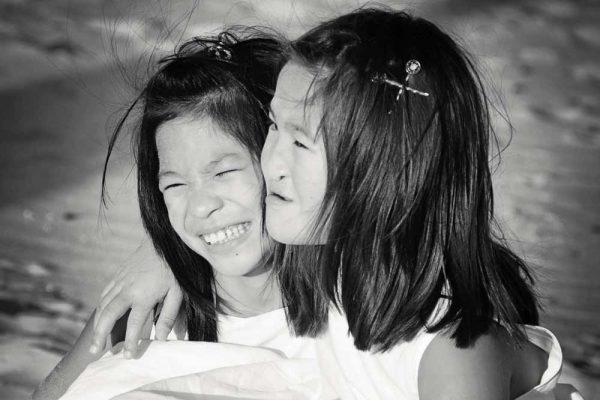
Finally, I’ve learned to trust my instincts and know my limits. When I find I can’t do it on my own, I reach out for assistance. Social media groups have been an unexpected avenue through which I’ve gleaned wisdom, insight, and innovative ideas.
Currently, homeschooling remains a good learning environment for our daughters; however, we are considering a move so that our daughters can perhaps take advantage of what a school for the deaf could provide them.
In the meantime, we continue to access other resources to meet the educational needs of our children. Over the past several years, we’ve employed the services of tutors to support Ava and Claire’s learning. Our girls have received one-on-one instruction from a certified ASL interpreter and from a teacher for the deaf to help them acquire knowledge in American Sign Language and written English. They have also been a great support for myself as I navigate acquiring for knowledge and schooling the girls in various subjects.
Additionally, we’ve been fortunate to have my mother step in as the primary educator of our hearing children. Prior to her doing so, I was essentially teaching school in two languages and in trying to meet the needs of everyone, was coming up short. Now we’re able to better address the learning styles of each child as we school separately and when able, in conjunction with one another.
Almost 7 years after beginning our adoption journey, we continue to reap the benefits of using sign language. As we have endeavored to learn and teach a language so very different from our first language, we have learned to persevere. We’ve encountered setbacks and obstacles along this course, but have refused to give up. Through signing, we’ve gained a perspective of acceptance and compassion for others.
Communicating via sign language is something that many consider so very “different”; however, that difference is our norm. I believe that has gone a long way in enabling us to see beyond others’ differences and to see people for who they are.
Finally, sign language has played a role in unifying us as a family and is an integral component of our lives. Signing has become more than just something we do; it’s part of who we are.
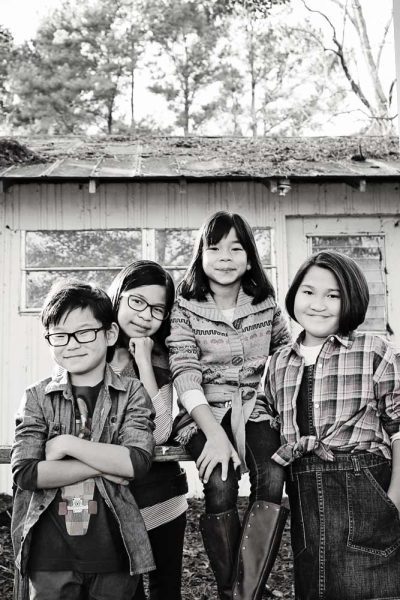
Whether your hope is to teach your child a few basic signs to foster better communication and facilitate spoken English or if, like us, you are diving into learning American Sign Language so that you and your child can communicate with each other, I hope our story can encourage you.
The road isn’t always easy but with faith and determination, along with a willingness to learn from others, it can be done.
Step forward, give Him your “yes”… and trust that His plan is good.
– guest post by Vicki: email || facebook



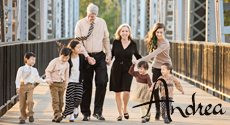
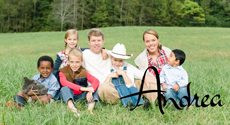
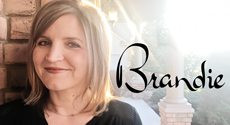

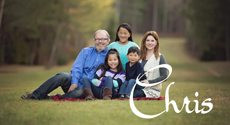
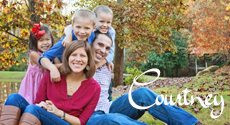
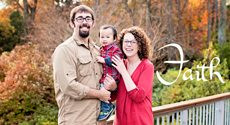

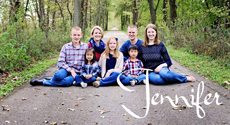


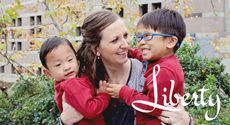
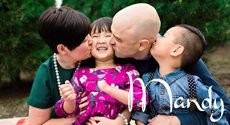



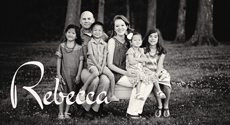
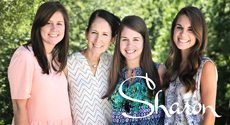




Vicki, I am so thankful for the story God has given you and your family, because you gave Him your “yes”. Thank you for sharing it!
Beautiful. Again. Just love hearing your heart and how hard you go after HIM and after your kids’ hearts.
Hi Vicki, I just found your blog posts today, and have poured over them! I wrote a post for NHBO recently about our family and journey with adopting a deaf son, and we are traveling soon to meet our daughter who also has hearing loss. The adopted ages are so close to your Ava’s and Claire’s, and I would love to keep in contact with you for future questions! I am having a hard time getting to your email page, but I wanted to say thank you for your blog posts. They are encouraging as we sometimes feel very discouraged! Our learning is slow, but I hope that in a few years we can say we are comfortable in sign language as well!
Jennifer, I am just now seeing this! I would love to chat with you and will see if I can locate you on FB.